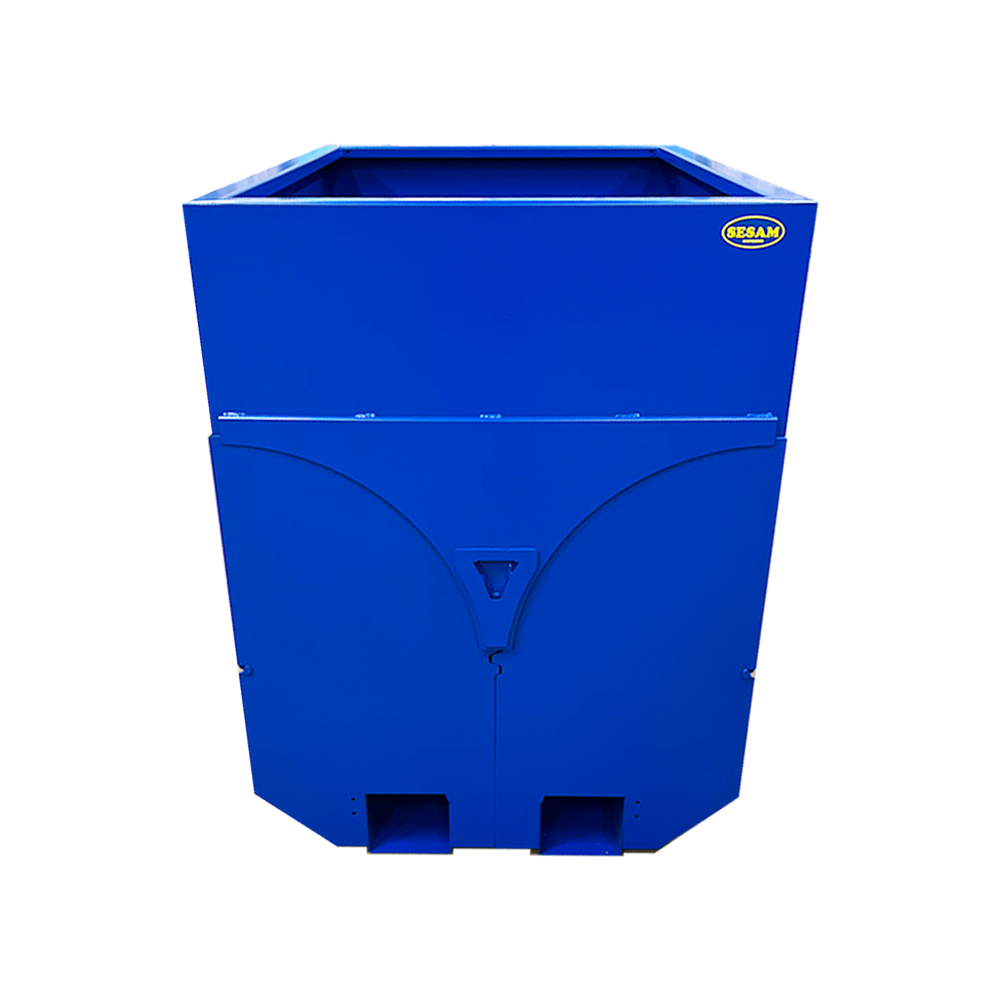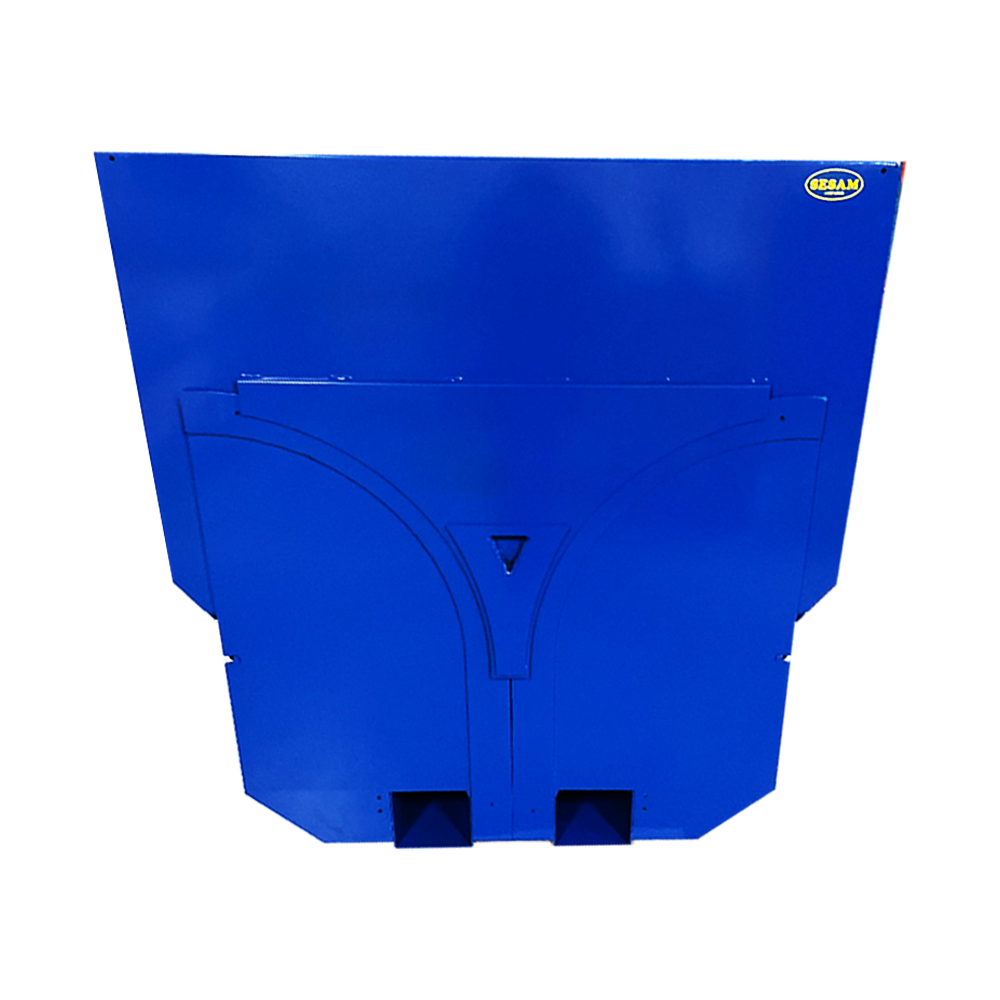Bottom-Emptying Containers vs. Traditional Dispensers: What You Need to Know
Bottom-Emptying Containers vs. Traditional Dispensers: What You Need to Know
Blog Article
Simplify Material Handling with Bottom-Emptying Containers
Selecting the best bottom emptying container (bottentömmande container) can be a game-changer for firms across various industries, from construction to agriculture and manufacturing. These pots improve procedures, increase protection, and even support obtain sustainability goals. But, with a few solutions, picking the correct one requires careful consideration. This information will walk you through the key facets to make certain your choice meets your company needs.

Knowledge Bottom-Emptying Bins
A bottom-emptying box is a storage option with a mechanism which allows the articles to be cleared through an opening at the bottom. This progressive design eliminates the need for showing or manual unloading, providing an even more managed and effective process. With this at heart, selecting the right package requires assessing their compatibility along with your products and functional requirements.
Important Factors to Consider
1. Substance Compatibility
The versatility of bottom-emptying pots makes them suited to various products, including granular goods, beverages, and structure aggregates. Before making a selection, identify the sort of material you'll be handling. For instance:
• Granular resources like grains or fertilizers need a box with a fine get a handle on device to prevent spillage.
• Beverages like oils or chemicals involve containers with leak-resistant features.
• Aggregates like sand or gravel need tough bins that could resist large loads.
Knowledge the material's features guarantees the package may conduct efficiently without causing wastage or damage.
2. Capacity and Size
Pick a box with the best capacity to fit your needs. Overloading a pot may minimize their lifespan and bargain security, while a large box could be unwanted and inefficient. Consider the quantity of materials you handle everyday and the space for storing available in your facility to steer your decision.
3. Toughness and Construct Quality
A top quality bottom-emptying pot is definitely an investment in durability. Look for bins made of robust components like stainless steel or heavy-duty plastic, relying on your own use case. Metal, for instance, is fantastic for industries requesting rust opposition, while sturdy materials provide a light, cost-effective solution without reducing strength.
4. Mechanism of Launch
The starting process at the bottom of the pot is one of its most critical features. Assess the way the launch system works and their ease of use:
• Some pots feature sliding gates to manage the flow of materials.
• The others could have valves for precise dispensing of liquids.
For industries wherever detail is essential, choosing a container with trusted control within the launch process can maximize efficiency and reduce errors.
5. Security Functions
Workplace safety must generally be described as a priority. Choose containers designed with safety features like sturdy locking mechanisms and anti-spill features to mitigate dangers all through unloading. Containers with ergonomic types also minimize the need for handbook handling, guarding personnel from unnecessary strain or injury.
6. Environmental Factors
For organizations prioritizing sustainability, consider containers produced from recyclable components or these designed for recurring use. Bottom-emptying bins also support better waste segregation, helping organizations minimize environmental impact. By adding eco-friendly options, companies may arrange detailed targets with broader sustainability initiatives.

Programs Across Industries
Bottom-emptying bins are versatile to a number of purposes:
• Structure websites rely on them for effective handling of mass materials like cement mix or debris.
• Farmers use them to distribute dog feed and keep cereals with small wastage.
• Factories see improved efficiency in managing fresh materials such as powders, granules, or liquids.
Their widespread power makes them an important asset across industries, giving designed answers for very unique tasks.
Creating the Right Selection
The proper bottom-emptying container may revolutionize your storage systems, lowering inefficiencies and promoting sustainable practices. By contemplating factors such as product compatibility, volume, durability, launch elements, safety, and environmental affect, you are able to confidently select a container that meets your overall and potential needs.
Buying a high-quality box is more than an equipment update; it's an action toward detailed brilliance and environmental stewardship. When picked carefully, bottom-emptying containers become a practical and forward-thinking solution that helps the growth and sustainability of one's business. Report this page